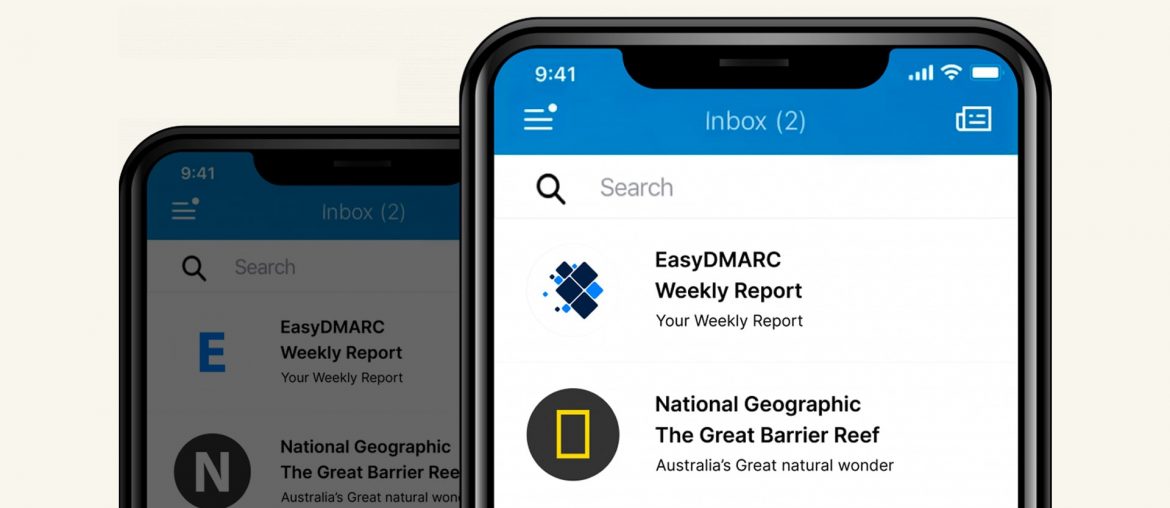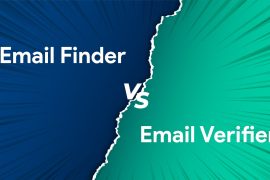Bimi is an emerging standard for email authentication. A more than useful standard for marketing experts, in a world where the phishing and online scams keep growing. Among its various advantages, BIMI avoids anti-spam filters, improve the user experience and stand out from other messages in the reception box of your recipients. We suggest that you learn more about this standard and see how you can set it up to boost the deliverability of your messages.
What is BIMI?
BIMI or “brand indicators for message identification“, is a new standard to identify the sender of an email by displaying the brand logo directly next to the message when the latter is sent via your brand’s messaging domain.
We have already addressed in previous articles the DMARC, a protocol authentication, policy and report aimed at fighting phishing and fraudulent electronic letters by authenticating email issuers. BIMI will operate in a similar way by allowing the brand/the company concerned to prove that it is the issuer of the message sent.

What are the main advantages of Bimi?
- Better prevention of fraud
- Increase in the deliverability of emails
- Improvement of the opening rate
- Avoids being placed in spam by the messaging server
- Best user experience since the brand logo is directly displayed next to the message in the reception box
- Best identification of the brand by recipients
- Increased visibility of the brand during marketing campaigns
- Promotes public confidence and loyalty
- Best reputation for the sender
- Logo no longer controlled by suppliers of messaging customers, but directly by domain owners and brands
The point of confidence is particularly important here. Indeed, the BIMI gives subscribers the possibility of seeing immediately and easily who is the sender of the message, therefore to have the assurance that the latter is reliable and that they can open it safely.
How does bimi work?
To set up the BIMI, the first thing to do is to configure your DMARC policy in “quarantine” or “rejection” mode, without forgetting to also properly set up the SPF and DKIM protocols.
You must then create a TXT recording (text) in your DNS supplier.
Type “default._bimi.” Follow-up of your email sending field.
For instance :
default._bimi.example.com
Put the brand’s logo in SVG format instead of the logo URL.
v=BIMI1; l=https://example.com/logo.svg; a=;
BIMI’s configuration is relatively simple, but you can use this inspector to check. Once your email has been delivered, the recipient’s messaging service will search for the BIMI file and its accommodation to see that it may well be checked. Once this is done, the BIMI file will indicate to the email service where it can find the issuer logo. Logo which will then be extracted, then placed in the reception box next to the email.
Good to know:
Know that the Verified Mark Certificate (VMC) is optional, but highly recommended.
Even if all messaging suppliers do not yet take care of the BIMI standard, this should soon happen. For the moment, the main ones who do it are Google, Verizon Media (Yahoo !, AOL) and Fastmail. Does your email client are not on this list? This does not prevent you from setting up the BIMI standard if you wish. Knowing that it allows, among other things, to improve the deliverability of messages such as the recognition of the brand, and to strengthen public confidence, admit that it would be a shame to miss its advantages. You will not only have one step ahead, but this will also allow you to show your ability to adapt and innovate.







